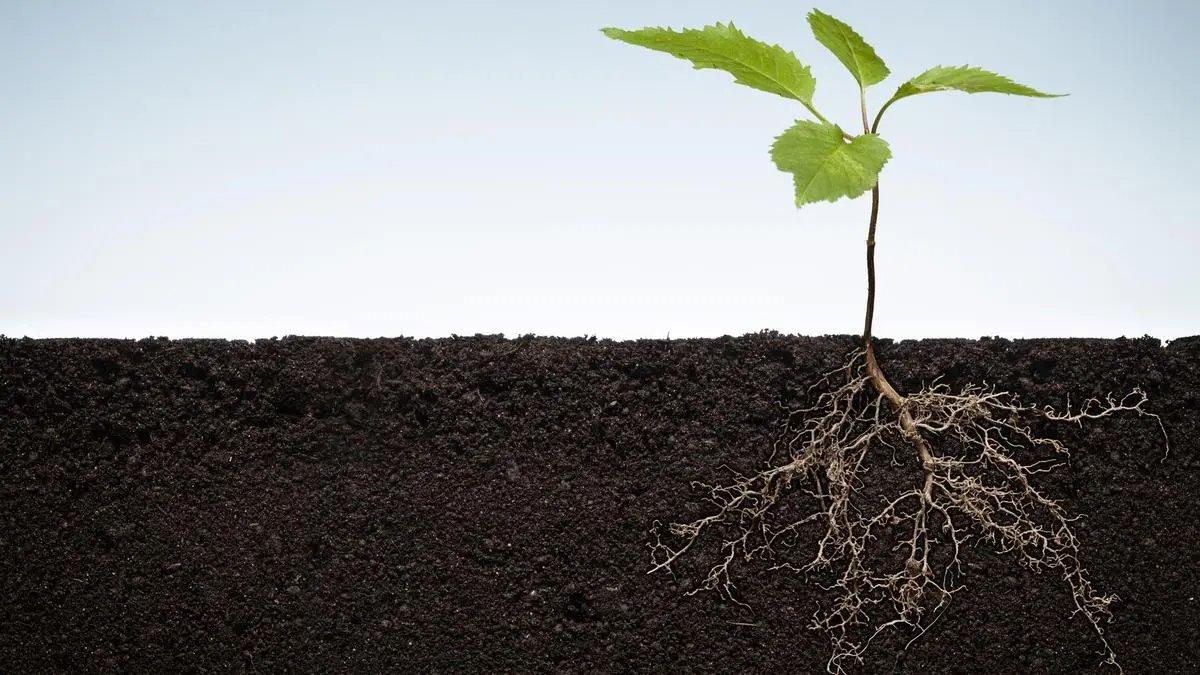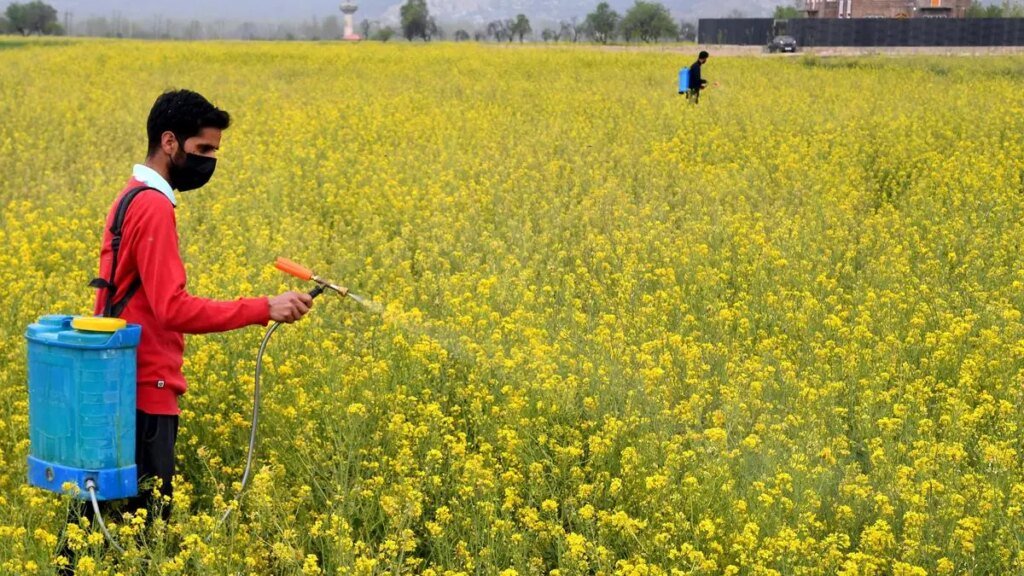How wild ancestors of modern crops help boost soil biodiversity


Researchers examined 125 populations representing 10 crop wild progenitors collected from their native habitats across diverse environments worldwide.
An international team of researchers has uncovered how wild ancestors of modern crops hold the key to preserving and restoring the planet’s hidden soil biodiversity. This landmark study is one of the largest of its kind. It reveals that crop wild progenitors (CWPs) nurture unique and ecologically vital underground communities of microorganisms, offering valuable insights for sustainable agriculture and climate-resilient ecosystems.
Despite differences across ecosystems from deserts to tropical forests and savannas, the team found a shared ‘core’ soil community among all CWPs, suggesting a deep evolutionary connection between plants and their soil microbiomes.
Interestingly, tropical eco-regions were dominated by acid-loving bacteria and fungal parasites, whereas desert soils supported more decomposer fungi and heterotrophic protists. Each wild crop species also appeared to cultivate its own distinct microhabitat, reinforcing its role as a keystone species in maintaining underground biodiversity.
The study, titled Native edaphoclimatic regions shape soil communities of crop wild progenitors, was published in ISME Communications, a prestigious journal from Oxford University Press and the official publication of the International Society for Microbial Ecology (ISME), the Netherlands.
An international consortium, comprising 25 research groups from 11 countries, including Spain, India, Australia, Mexico, and the United States, conducted the study. The University of Hyderabad (UoH) took part in the study.
The researchers examined 125 populations representing 10 crop wild progenitors collected from their native habitats across diverse environments worldwide.
“Through detailed analyses of microbial communities in the soil samples, the team discovered that these wild relatives harbor rich and distinct microbial ecosystems, including bacteria, fungi, protists, and invertebrates, each finely adapted to their specific environmental conditions,” a UoH executive said.
“The research underscores the urgent need to conserve crop wild relatives, not only as genetic resources for plant breeding but also as reservoirs of microbial diversity essential for healthy soils,” he said.
“By linking plant evolution, soil ecology, and environmental adaptation, the study sets a new benchmark for integrating biodiversity conservation with agricultural innovation,” he said.
Published on October 16, 2025



